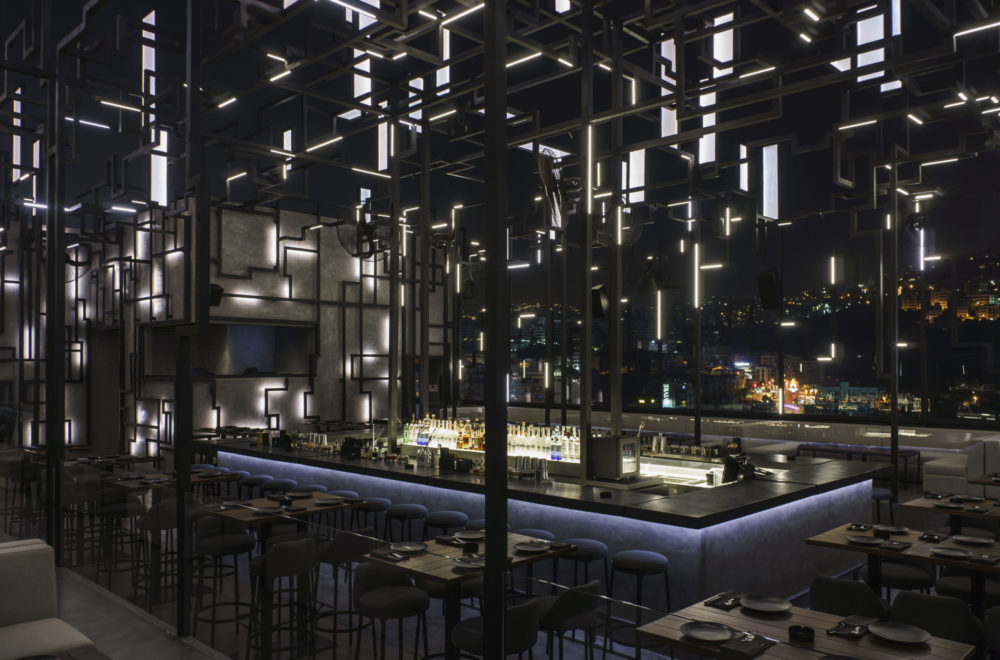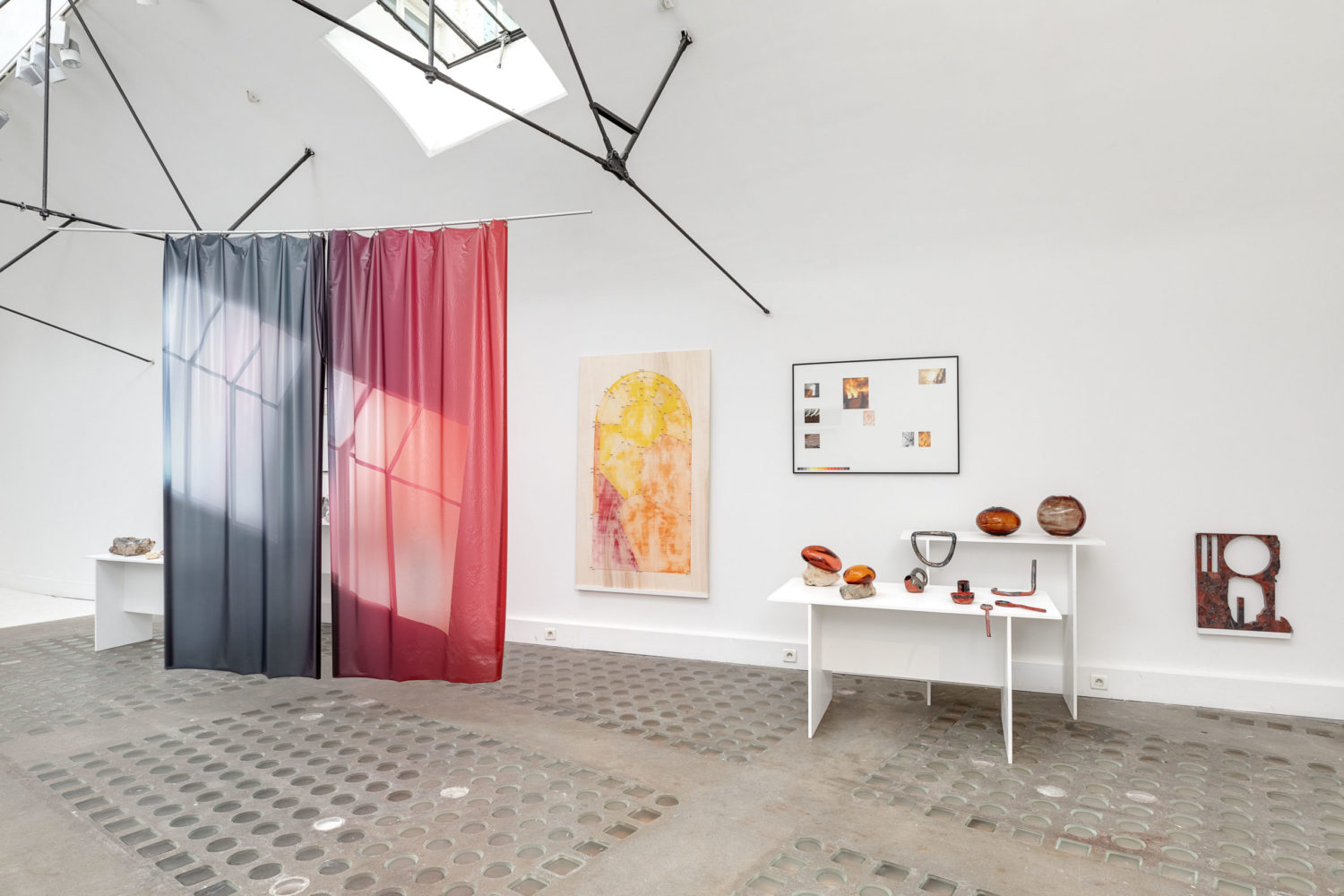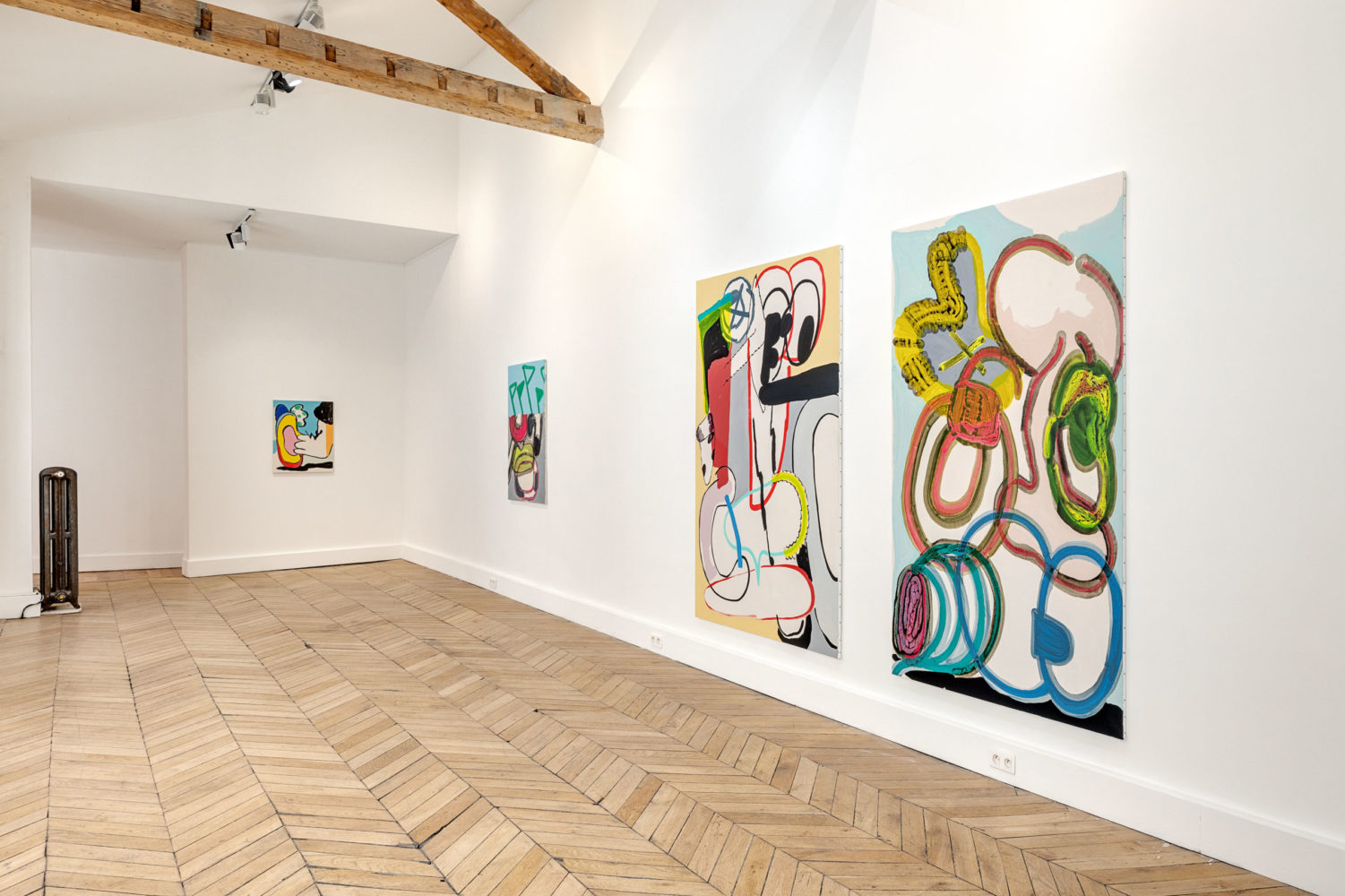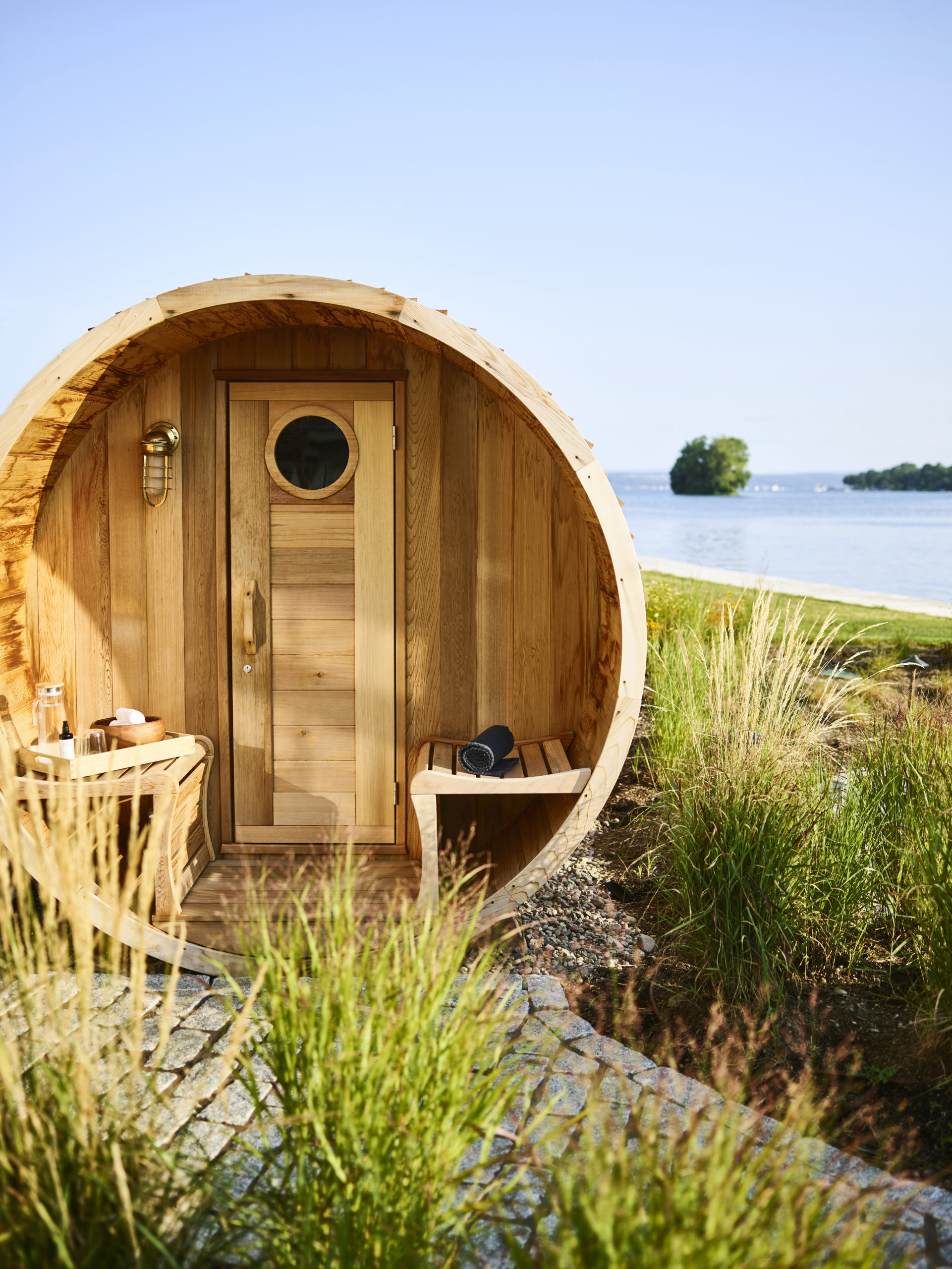In the mid-nineties, Gregory Gatserelia moved his interior design firm to Beirut. He was following a post-conflict energy that has grown into something he describes as magical. Embarking on residential, commercial, and personal projects, Gatserelia tapped into the ambition, opportunity, and optimism bubbling up in the city’s creative industries.
Recently, he’s designed the perfect bar for flirting, using the most special materials, and an award-winning rooftop bar that plays with the reflection of light, sky, and city. With an avid interest in emerging arts and collectible design in Beirut, he’s helped advise many a client on the perfect pieces to complete their home and budding collection.

Spine, a rooftop lounge in Beirut, photo by Eva Szumilas.
Gatserelia shared with Whitewall how interior design is comparable to the collaboration on a movie set—and why that’s what makes it interesting.
WHITEWALL: You founded your design practice in Toronto, and then moved it to Lebanon in 1996. What prompted the move?

Marion Flament, exhibition view, “So Close” at Galerie Guido Romero Pierini – Michael Timsit; © Galerie Guido Romero Pierini – Michael Timsit, photo by Romain Darnaud, courtesy of Galerie Guido Romero Pierini – Michael Timsit.
GREGORY GATSERELIA: Following the end of war in the region, projects started bubbling up. There was such an energy of possibility, of creativity, of ambition. I saw an opportunity of growth, but mostly of creation like never before, and felt I was inspired by the challenge.
WW: How have you seen the design community in Beirut evolve over the two decades since then?

Mario Picardo, exhibition view, “So Close” at Galerie Guido Romero Pierini – Michael Timsit; © Galerie Guido Romero Pierini – Michael Timsit, photo by Romain Darnaud, courtesy of Galerie Guido Romero Pierini – Michael Timsit.
GG: Many designers studied abroad and came back to translate their vision in their home country. Having a local spirit with the culture, and understanding of international designers, created a magical energy in Beirut.
WW: You’ve said that we are in an interesting time now, because style is no longer defined by decades. It’s now about how you build a story and how you tell it. So how do you like to build and tell a story?
GG: I start a story more or less when I feel like there is an ambience that has to exist but doesn’t exist yet.
I get inspired by moods I’ve experienced through nice movies I’ve seen, a good book I read, or an emotion I felt—at which point the dots connect and create a directory of inspiration to help me create a space, a very personal vision I believe is necessary to come alive. In fact, one can almost say that I give birth to my projects. Each project is a tabula rasa made up by different experiences put together to create something unique. Each project has its own personality, its own identity, and allows you to discover it with an open mind and many different interpretations. It is never related to the previous project.
That is one of the main reasons I am still passionate about my work after all these years. If I had to be limited by one style and one approach each time, I would have lost interest a long time ago.
WW: Where do you begin with a project like Spine, a bar that engages with the sky like nothing else out there?
GG: Rooftops are always complicated because you have no walls and no roof to support you, yet I still wanted to create a space where people felt enclosed in a mood, supported by an atmosphere.
With Spine, I created a paradox game: The structure gives the illusion of a space that engulfs you, and yet this structure is floating and mirrors reflect the city lights and the sky perpetually.
WW: Last year you presented your La Joliejoie bar, made from The Grand Antique d’Aubert marble, made in Pietrasanta. Can you tell us about your vision for this piece and how material can be a transportive experience?
GG: La Joliejoie . . . I like flirting at the bar, and especially in a nonresidential bar where interesting people always meet. When you are flirting, your body requires the freedom to move fluidly and comfortably in many directions. Here, the footrest is an accomplice of your flirting game and your comfort. This piece is a good example of how material and design is a means of expression for people. It is an extremely individual and unique approach to what is actually going on in a client’s mind, his behavior, and what relationship he plans to have with the piece.
So I am considering a project that will give all its attention to that. What I can reveal for now is it will stem from Milan, the capital of artisanal excellence and design.
WW: You’ve done interior designs for private clients with impressive art and design collections. How do you consider those collections when designing a home?
GG: When I work in a private home, my first approach is that of space. You look at the volume, the lighting, the functionality. Once you have tackled all that, you move on to looking for design pieces. I enjoy guiding my clients, taking them to collectible fairs, looking into the whole range, from the little details to the bigger pieces, as I believe these elements complete and humanize a space; make it a home rather than a house.
I collaborate with big galleries, appreciate the opinion of big consultants, and am myself an advisor. The key is to always reach an understanding and balance between a beautiful piece, the love my clients develop for this piece, and the harmony of the colors and style for the space.
Creating a collection over a period of time is an education by itself. Clients need to know if they would like to be defined by several styles or one artist. So you can tell it all requires a lot of research, emotions, and a real exchange with the client.
After several years of such relationships with my clients, I can genuinely say I’m very satisfied by the collections we made up together and most of them own pieces that have gained a lot in value and recognition.
WW: You yourself have an interest in contemporary art, as well as emerging talents in Lebanon. Who are some of the artists you love to follow, collect, and recently discovered?
GG: Local contemporary artists have a history that has not played in their best interest. They live in a context of constant regional chaos and tension. The country has sequels of war, which has resulted in artists creating out of their conscious memory. I am very moved by some of them. To name a few, I am truly a big fan of Ziad Antar. He sensitizes me enormously and I consider him an extremely talented photographer. Another great, upcoming talent is Ayman Baalbaki.
WW: What’s an exhibition you’ve seen recently you’re still thinking about?
GG: Jörg Immendorff at Reina Sofia Museum in Madrid in January of this year. I like his figurative paintings. He is expressive and very talented and his painting technique is so well composed. But his genius lies in that his art talks. You can look at the piece for hours, and keep discovering elements, people, and stories.
WW: Many of your projects include custom collaborations with artists and artisans, like a wall with ceramic artist Mary-Lynn Massoud in a private residence. What do you enjoy about these kinds of collaborations, and what does it add to the spirit of a space?
GG: I always find it interesting to collaborate with talented artists, designers, et cetera. This is what makes the project interesting—opinions, ideas, moods, that come together to create one final outcome. I don’t believe the work of an interior architect should be exclusively realized by him. Instead, it’s a team effort between the studio and the many people involved. You can compare it a bit to producing a movie. A movie is remarkable when you put together the producer, the screenwriter, the makeup artists, the set designer, the light designer, the actors, et cetera.








